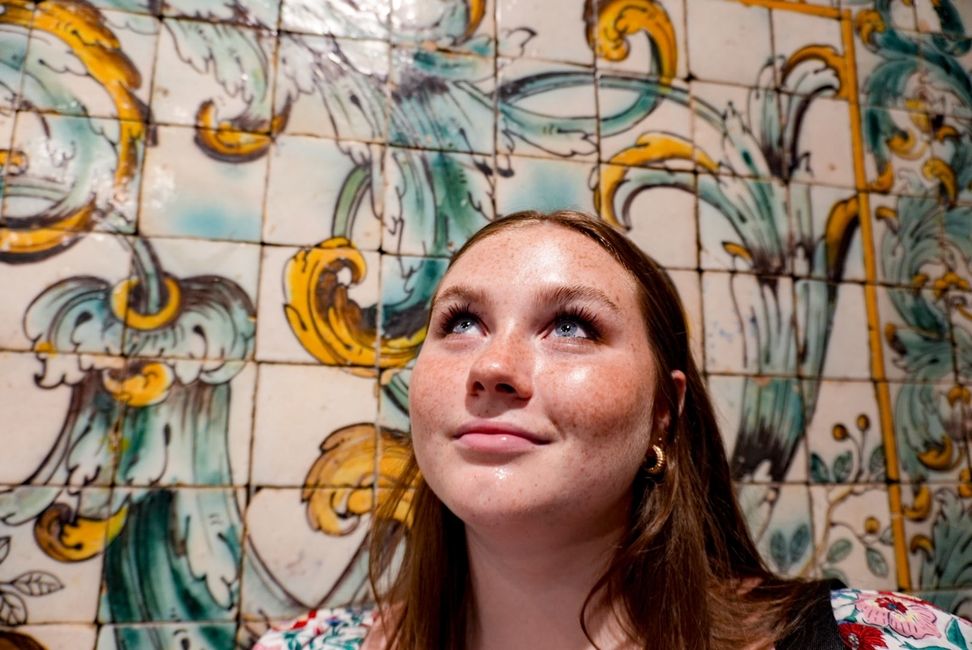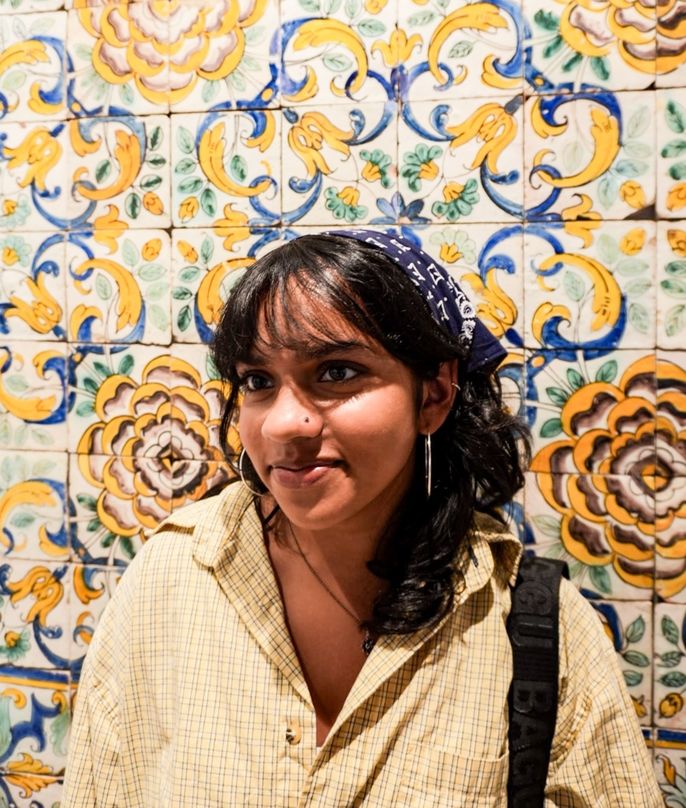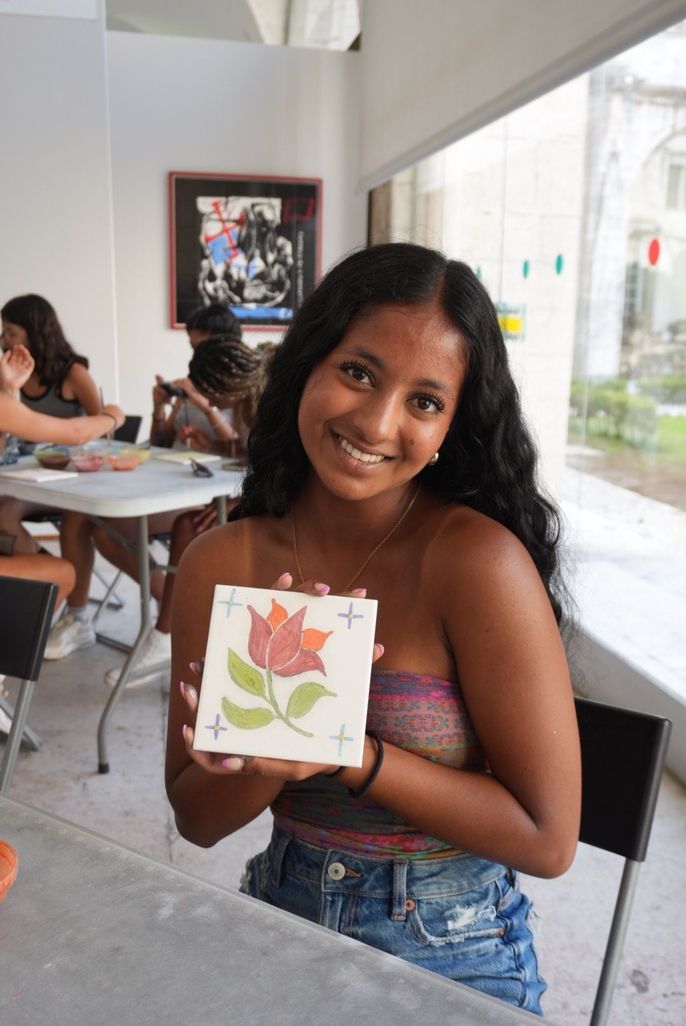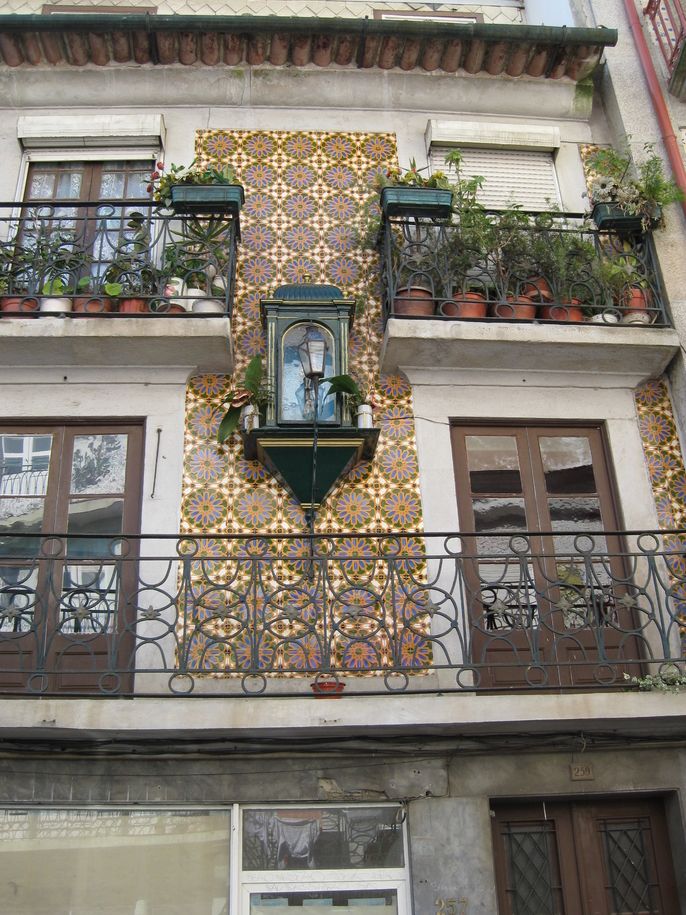Exploring the Portuguese Tile Tradition in Lisbon
When you visit Lisbon, one of the most captivating aspects is its tradition of Portuguese tiles – called azulejos. These stunning ceramic tiles adorn buildings, streets, and interiors throughout the city, showcasing a unique art form that captures the hearts of both locals and visitors!
A Brief History of Portuguese Tile
The word “azulejo” comes from the Arabic word “al-zillij,” meaning “polished stone.” This art form was introduced to Portugal by the Moors in the 13th century. Over the centuries, it evolved, incorporating influences from various cultures, including the Spanish, Italian, and Dutch. By the 16th century, these tiles had become a quintessential part of Portuguese architecture and design.
The Cultural Significance of Azulejos
Azulejos are more than just decorative elements; they are a reflection of Portugal’s history, culture, and identity. They tell stories of conquests, religious devotion, and everyday life. In Lisbon, azulejos are a testament to the city’s resilience and creativity, transforming ordinary spaces into works of art.
Where to See Portuguese Tile in Lisbon
- National Tile Museum & Tile Workshop
- Housed in the former Convent of Madre de Deus, this museum offers a comprehensive overview of the history and evolution of the Portuguese tile. During their semester in Lisbon, our Study Abroad students have the opportunity to go on a guided tour of the museum and take part in a tile painting workshop, where they experience the process of hand-painting the tiles. The photos showcase some of the designs our students created and then take home as memorable souvenirs of their time in Lisbon.
- Housed in the former Convent of Madre de Deus, this museum offers a comprehensive overview of the history and evolution of the Portuguese tile. During their semester in Lisbon, our Study Abroad students have the opportunity to go on a guided tour of the museum and take part in a tile painting workshop, where they experience the process of hand-painting the tiles. The photos showcase some of the designs our students created and then take home as memorable souvenirs of their time in Lisbon.
- São Vicente de Fora Monastery:
- This stunning monastery features some of the most exquisite examples of azulejo art. The intricate tile panels depict historical and religious scenes, offering a glimpse into Portugal’s past.
- This stunning monastery features some of the most exquisite examples of azulejo art. The intricate tile panels depict historical and religious scenes, offering a glimpse into Portugal’s past.
- Alfama District:
- As you wander through the narrow, winding streets of Alfama, you’ll encounter countless buildings adorned with colorful tiles. This historic neighborhood is a living gallery, where each tile tells a story.
- As you wander through the narrow, winding streets of Alfama, you’ll encounter countless buildings adorned with colorful tiles. This historic neighborhood is a living gallery, where each tile tells a story.
- Santa Luzia Viewpoint:
- Located in the Alfama district, this viewpoint offers breathtaking views of the city and the Tagus River. The walls are decorated with beautiful azulejo panels depicting Lisbon before the 1755 earthquake.
Exploring the Portuguese tile tradition in Lisbon is a journey through time and art. The city’s azulejos are a testament to its rich cultural heritage and artistic spirit. For study abroad students, this exploration offers a unique opportunity to immerse themselves in Lisbon’s history and culture. Whether you’re an art enthusiast, a history buff, or simply a curious traveler, Lisbon’s tiles will leave you enchanted and inspired.
Related Posts
8 Affordable Must-Do Activities in Lisbon
Lisbon is a fast-modernizing metropolis, where everything is accessible by bus, metro, or tram. From a vibrant theater scene to a historic opera house, art galleries to museums, beaches to... keep reading
A Day in My Life
Read about a typical Wednesday in my life as a student studying abroad in Lisbon, Portugal!
The importance of our local buddies!
Our CIEE Lisbon local buddies are one of the secret ingredients of student life! Not only are they students with the same age range, experiencing similar academic struggles, but our... keep reading









